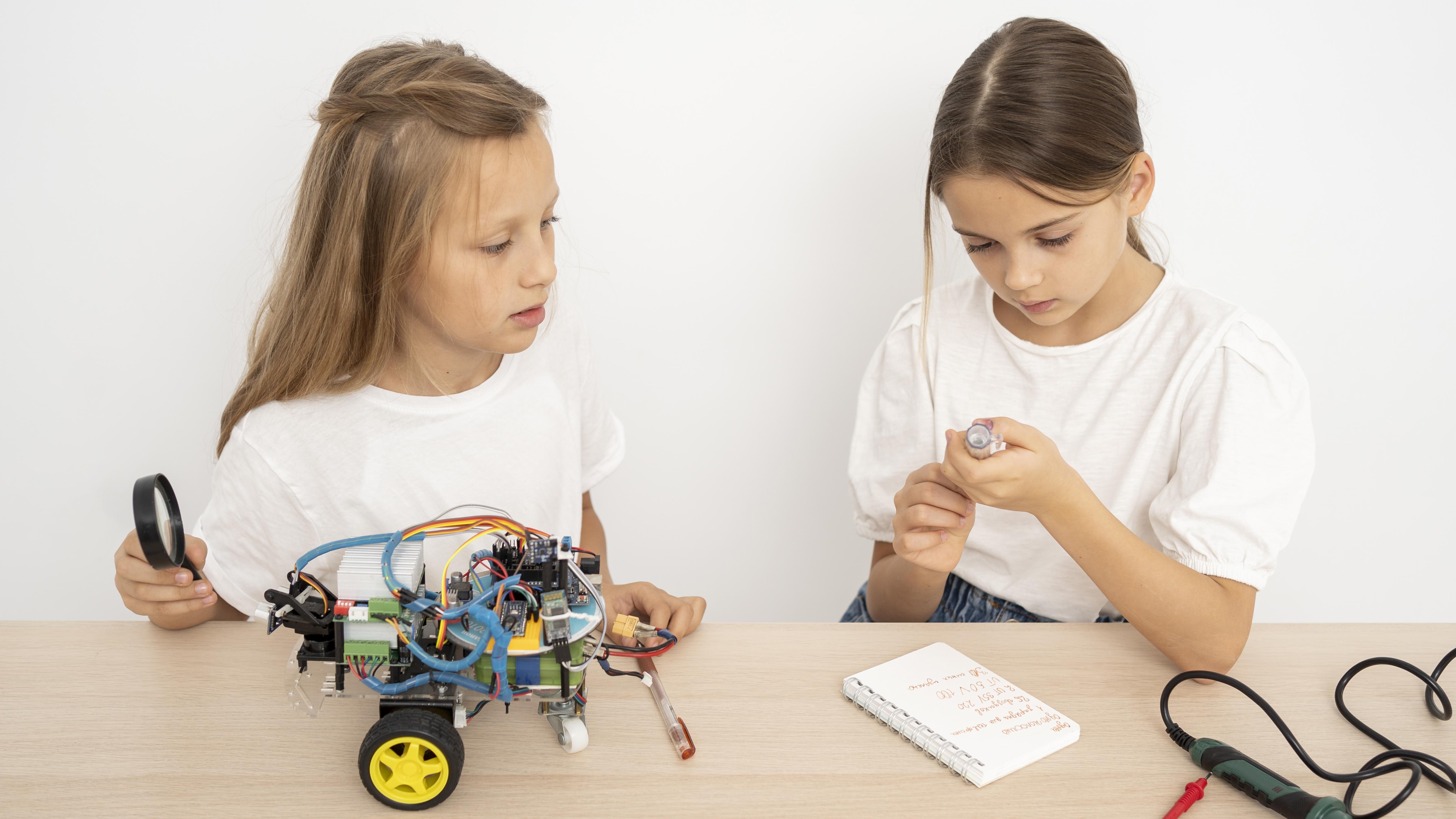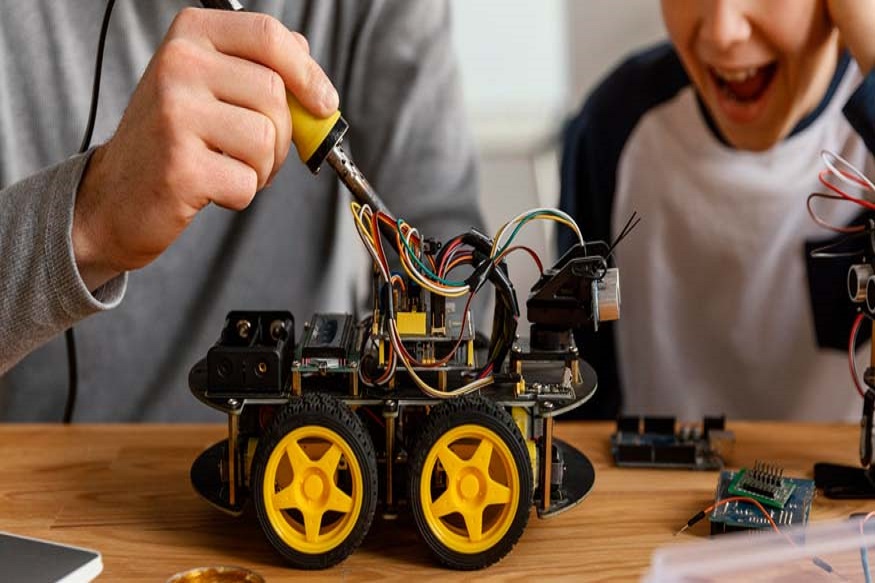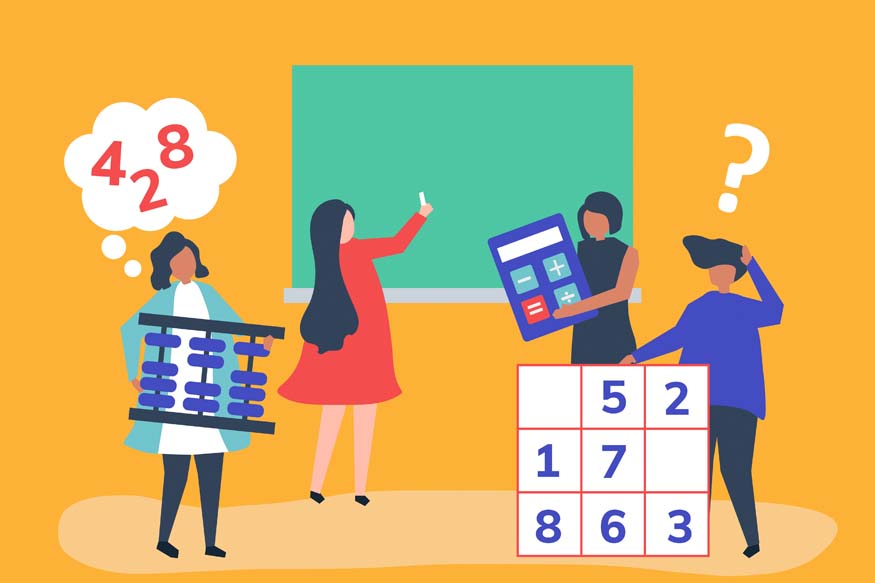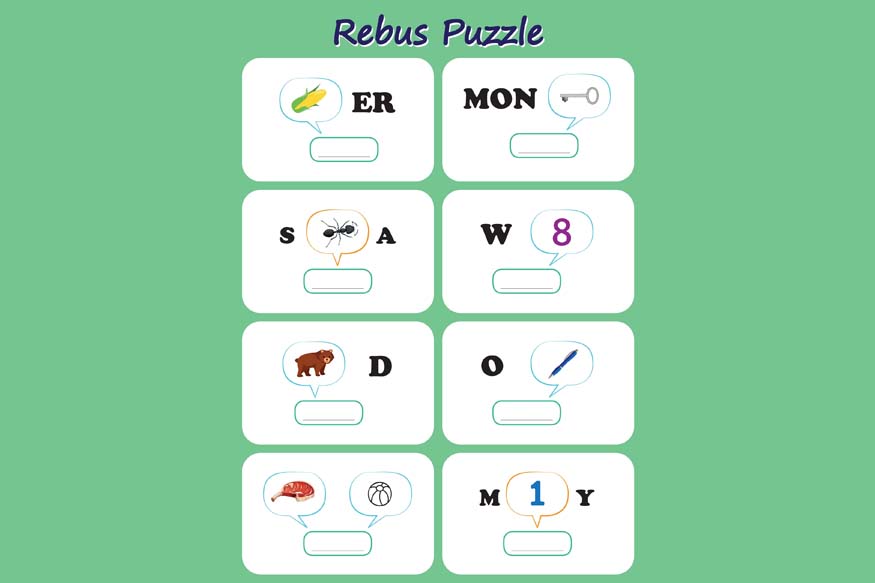Table of Contents
- Introduction
- The power of play in learning
- Benefits of play based learning
- Top robotics games for kids
- Implementing robotics games in education
- Conclusion
Introduction
Robotics games for students are important as they give opportunities for learning through play. These fun educational games pave way to play based learning – concept that has become extremely popular in recent years. Robotics also helps students think logically, create, and solve problems while having fun. This article will explore learning through playing robotic games for students.
The power of play in learning
Learning through play has become a popular trend in recent years. It is based on the concept that children learn better during play and when engaged. Play based learning methods make use of student’s curiosity and passion. This makes the educational process helpful and enjoyable.
Benefits of play based learning

Fun learning games help students in the following ways:
- Increases motivation and engagement: Robotics fun learning games teach students to change theoretical concepts into exciting challenges.
- Improve memory and retention of information: In play-based learning involving robotics, students actively use concepts which improve their memory and retention power. A robot completes a task and recalls the program used. This practical application helps kids retain complex ideas like loops and conditionals.
- Develop problem-solving skills: Robotics games provide real-world challenges that encourage critical thinking. Most often, robots do not behave as expected. Challenges like these make students analyse, re-check their code, and try new approaches. Therefore, play to learn and build problem-solving skills in students.
- Improve creativity and innovation: Robotics games encourage creativity in students. Kids can create robots for many reasons, from helper bots to artistic creations. The freedom to develop encourages out-of-the-box thinking. As children learn with play, they do more than follow instructions. They are building a spirit of creativity.
Educators can add some fun educational games into the lessons and create a learning environment where children are willing to learn to play and play to learn.
Top Robotics Games for Kids
Here are some popular robotics games where students can learn to play:
- Avishkaar Robotics Kit: The Indian-origin kit guides students in making and programming various robots.
- Miko 2: An interactive robot companion made in India that can talk with children, educate and play games.
- Smartivity Hydraulic Arm: Hydraulics and mechanical engineering combined into a do-it-yourself robotic arm for kids.
- Makeblock mBot is one of the popular kits in India. This set helps students build and program a robot.
- Lego Mindstorms EV3: This product teaches children to learn and build interesting, intricate robots.
- Robomate+: An Indian Ed- Tech startup that gives teaching materials on robotic learning activities.
- RoboGuru: An Indian startup that introduces children to robotics and programming through kits and online courses.
These fun educational games have unique aspects that make learning through play attractive to kids.
Implementing robotics games in education

Educators use the following strategies to integrate robotics games into the curriculum successfully.
- Education from simple to complex robotic concepts
- Encouragement towards team-building
- Creating a learning environment for open-ended questions and collaboration
- Constant guidance and support when required
- They celebrate achievements through rewards
Teaching complex robotics in the start might be tricky. Therefore, they begin with fun educational games involving simple robots. As students understand better, they are slowly introduced to more challenging tasks. This way, students are taught skills and confidence and, thereby, are excited about each new challenge.
Robotics is not a solo game. Educators help students work on group robot projects. This play-based learning method helps students learn from each other and generate new ideas.
Classrooms are spaces where students feel safe experimenting with new concepts and learning together. This helps students learn to play with concepts and develop creative solutions for robot modules.
Educators can help students understand concepts independently and help when they find something challenging. Students are provided with hints and guidance towards the right direction. Balancing individual decision-making and guidance helps students gain confidence and learn effectively.
Educators can be the biggest cheerleaders whenever students succeed in robotics. Students may be given receive special badges, certificates, and prizes to celebrate achievements. Rewards encourage students to continue learning and try new things.
By carefully applying these play-based learning methods, teachers can create an environment where children are interested in learning to play with robotics.
Conclusion
Play based learning is a popular concept that helps educators teach students better through visually appealing methods. Through fun educational games like robotics, we can create a generation of curious, confident, and skilled individuals.
Parents and educators are welcome to expand their children and students’ experience in the world of robotics games. Let us join hands and help make play-based learning one of the essences of learning that enhances the youth and makes them excel.
For more interesting topics like this, visit Centre Point School.





